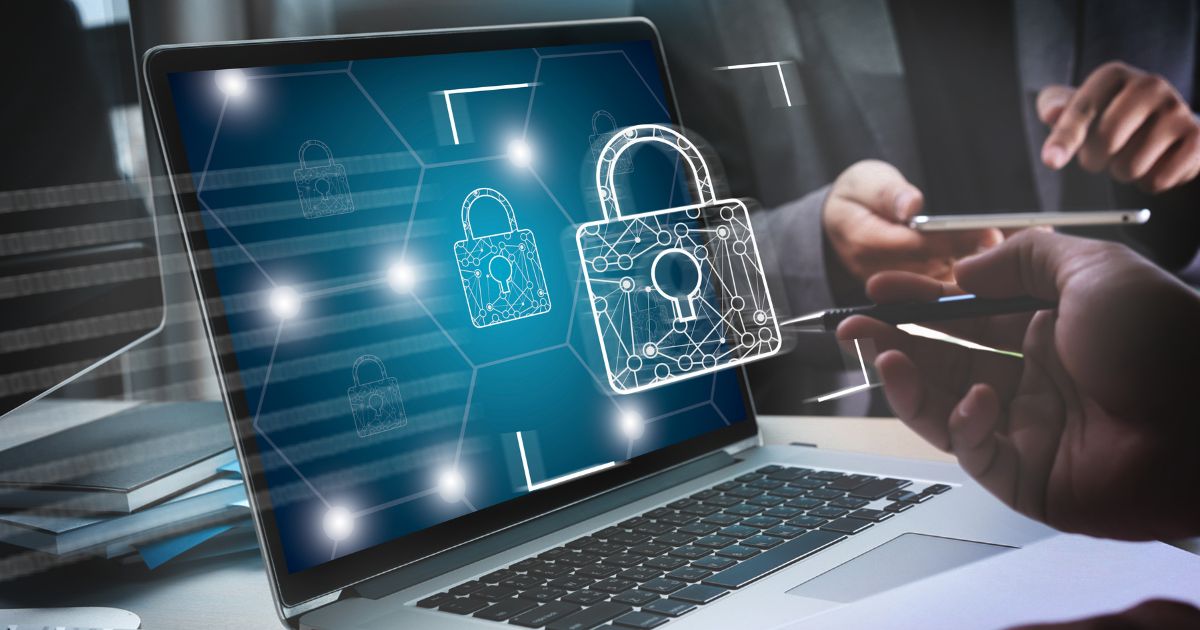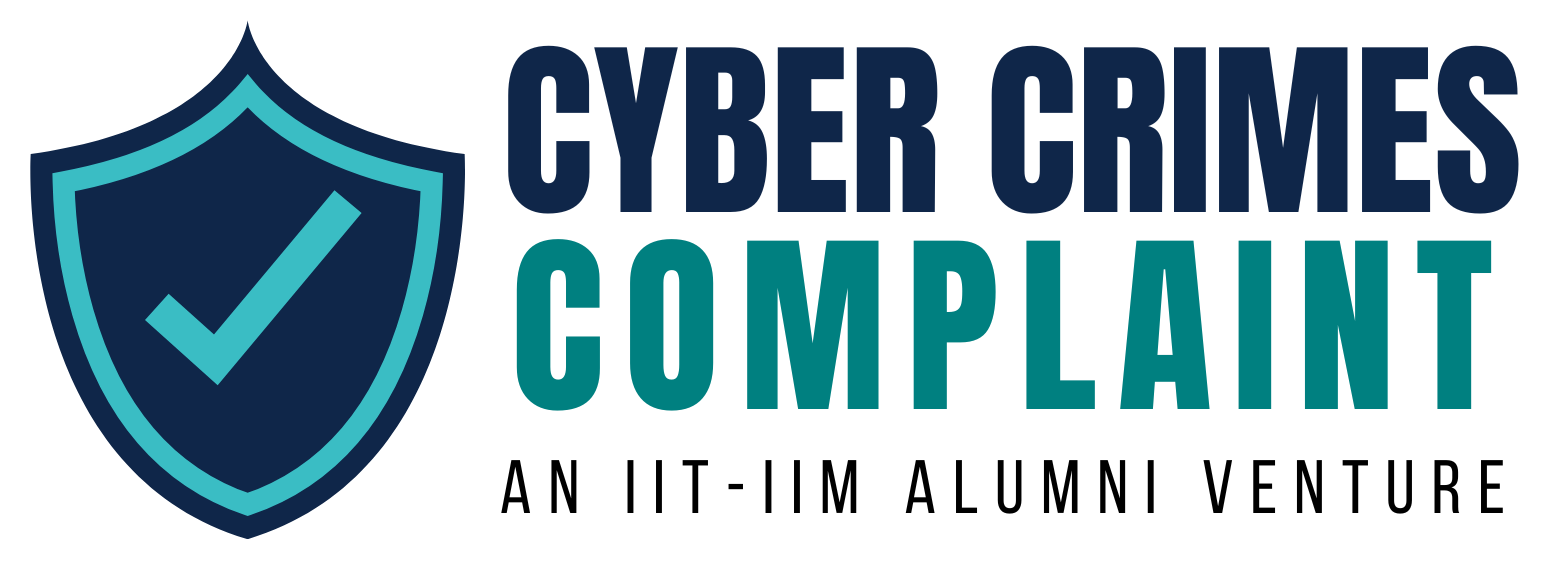· Cyber Security · 6 min read
Cyber Espionage: How It Affects Businesses and How to Defend Against It
Learn how cyber espionage impacts businesses, the major risks involved, and effective strategies to protect your company from corporate spying and data breaches.

In today’s interconnected digital landscape, cyber espionage has emerged as one of the most sophisticated and damaging threats facing businesses of all sizes. Unlike conventional cyberattacks that seek immediate financial gain, cyber espionage operations are typically stealthy, persistent, and focused on long-term intelligence gathering. This article explores the nature of cyber espionage, its impacts on businesses, and strategies to build robust defenses against these advanced threats.
Understanding Cyber Espionage
Definition and Scope
Cyber espionage refers to the unauthorized access and theft of sensitive information—including intellectual property, strategic plans, customer data, and proprietary technologies—typically carried out by nation-states, competitor corporations, or sophisticated criminal organizations. Unlike ransomware or fraud schemes, cyber espionage operations often remain undetected for months or even years, silently extracting valuable data.
Primary Threat Actors
Nation-State Actors: Government-sponsored groups with significant resources and technical capabilities, often targeting strategic industries aligned with national interests.
Corporate Competitors: Companies seeking competitive advantages through theft of research, product designs, manufacturing processes, or business strategies.
Organized Criminal Groups: Sophisticated cybercriminal organizations that steal information to sell to interested parties or use for their own criminal enterprises.
Insider Threats: Employees or contractors with legitimate access who are compromised, coerced, or recruited to steal information.
Common Attack Vectors
Cyber espionage typically employs advanced persistent threats (APTs) that utilize multiple techniques:
Spear Phishing: Highly targeted emails designed to trick specific employees into revealing credentials or installing malware
Supply Chain Compromises: Infiltrating trusted vendors to gain access to target organizations
Zero-Day Exploits: Leveraging previously unknown software vulnerabilities before patches are available
Watering Hole Attacks: Compromising websites frequently visited by target organization employees
Social Engineering: Manipulating employees through various psychological tactics to gain access or information
Advanced Malware: Sophisticated, often custom-built malicious software designed to evade detection
Living Off the Land: Using legitimate system tools to avoid detection while moving laterally through networks
Business Impact of Cyber Espionage
Economic Consequences
The economic impact of cyber espionage is profound and multifaceted:
Intellectual Property Theft: Loss of R&D investments and future revenue when proprietary designs or technologies are stolen
Competitive Disadvantage: Competitors gaining market advantage by copying products or preemptively launching similar offerings
Negotiation Undermining: Compromised business strategies or bid information leading to weakened negotiating positions
Market Valuation Decline: Stock price drops following public disclosure of major espionage incidents
According to recent studies, cyber espionage costs the global economy hundreds of billions of dollars annually, with individual companies sometimes facing losses in the tens or hundreds of millions from a single breach.
Operational Impacts
Beyond direct financial losses, cyber espionage can severely disrupt business operations:
Strategic Planning Disruption: Organizations must reevaluate and potentially overhaul compromised business strategies
Resource Diversion: Significant time and resources diverted to investigation, remediation, and rebuilding
Innovation Paralysis: Heightened security concerns potentially slowing innovation and digital transformation
Damage to Partner Relationships: Erosion of trust with business partners, suppliers, and customers
Reputational Damage
The reputational consequences of cyber espionage can linger long after the immediate breach:
Customer Trust Erosion: Diminished confidence in the organization’s ability to protect sensitive information
Stakeholder Confidence Loss: Investors and partners questioning management’s cybersecurity competence
Regulatory Scrutiny: Increased attention from regulators regarding security practices and compliance
Brand Damage: Long-term impact on company brand and market perception
Defending Against Cyber Espionage
Strategic Framework
Effective defense against cyber espionage requires a comprehensive approach:
1. Identify and Protect Critical Assets
Crown Jewel Analysis: Systematically identify your organization’s most valuable information assets
Data Classification: Implement rigorous classification systems for all corporate information
Access Controls: Apply least-privilege principles and segmentation for sensitive data
Encryption: Deploy strong encryption for both data at rest and in transit
2. Establish a Mature Security Program
Risk-Based Security: Align security investments with business risk and critical asset protection
Defense in Depth: Implement multiple security layers to protect critical systems and data
Security Governance: Develop clear policies, standards, and accountability structures
Security Culture: Foster organization-wide security awareness and responsibility
3. Deploy Advanced Technical Controls
Enhanced Network Monitoring: Implement tools to detect unusual data transfers or access patterns
Endpoint Detection and Response (EDR): Deploy solutions that can identify sophisticated endpoint threats
Deception Technology: Consider honeypots and other deception techniques to detect lateral movement
Application Security: Ensure security is built into all applications, especially those handling sensitive data
Tactical Countermeasures
Threat Intelligence Integration
Proactive defense requires understanding the specific threats targeting your industry:
Subscribe to industry-specific threat intelligence services
Participate in information sharing communities within your sector
Monitor dark web for mentions of your organization or data
Track known APT groups targeting your industry or region
Enhanced Detection Capabilities
User and Entity Behavior Analytics (UEBA): Deploy AI-based systems to detect anomalous user behavior
Network Traffic Analysis: Implement solutions that analyze encrypted traffic for suspicious patterns
Advanced SIEM Solutions: Utilize Security Information and Event Management systems with AI capabilities
Continuous Monitoring: Establish 24/7 security operations with emphasis on subtle threat indicators
Supply Chain Security
Conduct security assessments of key vendors and partners
Implement strict access controls for third-party connections
Establish security requirements in all vendor contracts
Regularly audit third-party compliance with security requirements
Response Readiness
Develop specific playbooks for espionage-related incidents
Conduct regular tabletop exercises simulating espionage scenarios
Establish relationships with law enforcement before incidents occur
Prepare communication templates for various stakeholders
Emerging Trends and Future Considerations
AI-Powered Espionage
Artificial intelligence is transforming cyber espionage through:
More convincing social engineering attacks using AI-generated content
Enhanced capability to process and analyze stolen data
Improved evasion techniques to avoid detection
Automated reconnaissance and vulnerability discovery
Cloud Environment Targeting
As businesses migrate to cloud environments, espionage actors are adapting by:
Targeting misconfigured cloud services
Exploiting identity and access management weaknesses
Focusing on API vulnerabilities
Compromising DevOps pipelines
Increased Nation-State Activity
Government-sponsored cyber espionage continues to grow in:
Sophistication and resources
Industry targets beyond traditional defense and government sectors
Integration with broader geopolitical strategies
Willingness to compromise multiple organizations in supply chains
Building Organizational Resilience
Executive Leadership Engagement
Successful defense against cyber espionage requires top-level support:
Regular security briefings for C-suite executives and board members
Clear communication of business impacts of security investments
Integration of security considerations into strategic business decisions
Establishment of security as a business enabler rather than obstacle
Cross-Functional Collaboration
Ensure security teams work closely with business units to understand critical processes
Involve legal, communications, and HR teams in security planning
Establish clear communication channels between IT, security, and business leadership
Create incentives for security collaboration across departments
Continuous Improvement
Regularly assess security capabilities against evolving espionage threats
Conduct penetration testing specifically mimicking nation-state tactics
Update security strategies based on emerging threat intelligence
Benchmark security practices against industry leaders
Cyber espionage represents one of the most sophisticated threats in today’s business environment, with potential for devastating long-term impacts on competitiveness, operations, and reputation. Unlike more visible cyberattacks, espionage operations can remain undetected for extended periods while continuously extracting an organization’s most valuable information assets.
Effective defense requires a multifaceted approach combining strategic asset identification, advanced technical controls, human awareness, and organizational readiness. As espionage techniques continue to evolve, businesses must develop adaptable, intelligence-driven security programs that can respond to the changing threat landscape.
By understanding the nature of cyber espionage threats and implementing comprehensive defense strategies, organizations can significantly reduce their vulnerability to these sophisticated attacks and protect their most valuable intellectual assets in an increasingly contested digital environment.

.Bd3oTr_2.jpeg)

